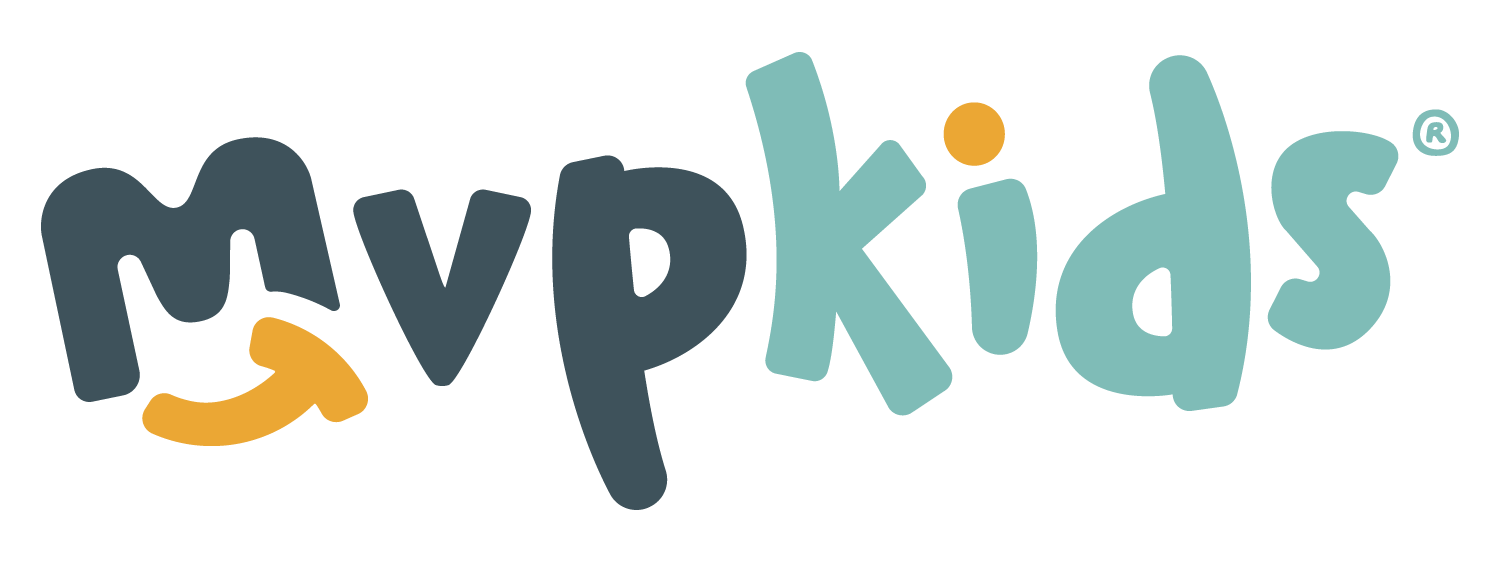Overcoming Back-to-School Anxiety with SEL
Back-to-school transitions can trigger feelings of anxiety in students, families, and teachers, even in typical school years. However, for over a year, schooling has been anything but typical. Health concerns drove decisions for intermittent school closures and online learning. Student and teacher attendance has been inconsistent due to exposure to contagious illness. Safety concerns continue to linger. It’s no wonder that our stress levels are especially high as this school year begins.
What is Anxiety?
Anxiety is an emotion that can cause a stress response in the body. Some signs of feeling anxious include: an increased heart rate, sweating, feeling “butterflies” in your stomach, nausea, or shaking. It’s normal to feel anxious occasionally like before an important test or presentation, or on the first day of school or at a new job. Anxiety can even be helpful by motivating you to work hard on an important task or to leave a dangerous or uncomfortable situation.
Overcoming Anxiety
Unresolved anxiety can become worse, and we might stop doing things we enjoy. We can practice strategies to resolve our own anxiety and teach children the skills to help them identify and manage difficult emotions. Practice self-management strategies when children are feeling calm and receptive to learning.
Here are 4 ways to overcome back-to-school anxiety
1.
Prepare for first day nerves.
Children and adults can prevent anxious feelings by thinking through worrying scenarios and possible solutions. Children might enjoy role-play to practice making friends, asking for help, or problem solving what to do about bullying. Teachers can benefit from role-play practice of teaching a lesson, classroom management strategies, or emergency situations. Children or adults can work through scenarios and solutions through discussion or journal writing.
2.
Practice strategies to ease anxiety.
BLUE SKY MEDITATION
Begin by sitting in a comfortable position with your eyes open. Take three deep breaths in from the nose and out through the mouth. Close your eyes on the third out breath then breathe normally. Imagine the mind as a clear, blue sky. If worries or anxious feelings arise, imagine they are clouds. Watch as the clouds gently float across the sky, further and further, until you can’t see it anymore. When feeling calm, gently blink the eyes open.
WORRY JAR
A worry jar, for home or classroom, can help children and adults shift focus from replaying worries over and over. Use any container with a lid. Worries are written onto a piece of paper and placed in the worry jar. When placing a worry in the jar say, “I can let this go for now.” Then place the jar out of sight. Sometimes it helps to provide time to share and discuss our worries. We might learn that others share the same concerns and can help build empathy.
3.
Read, Miriam Lassoes the Worry Whirlwind.
In this story, Miriam learns to overcome worry with comfort. Miriam uses the LASSO tools when she feels anxious or worried.
Look at the facts.
Identify facts to feel prepared or to make a plan.
Ask the right questions.
Turn worries into questions. For example, change “I’m going to fail the test” to “Why do I think I will fail?”
Sort the mail; toss out the junk.
Some warning messages are helpful and some are not. Think, “Is this the place/time for that worry?”
Set limits when worry’s job is done.
Worry helps us find danger. When the job is done, let worry go.
Overcome worry with comfort.
Think about something that brings you comfort when feeling worried.
4.
Use the Instill SEL at Home toolkit.
Equip your family with tools to process emotions and grow in social situations. Using research-based techniques, our toolkit provides everything you need to apply social and emotional learning at home.
What is SEL?
According to the Collaborative for Academic, Social, and Emotional Learning (CASEL), social and emotional learning (SEL) is an integral part of education and human development. SEL is the process through which all young people and adults acquire and apply the knowledge, skills, and attitudes to develop healthy identities, manage emotions and achieve personal and collective goals, feel and show empathy for others, establish and maintain supportive relationships, and make responsible and caring decisions.
CASEL’s SEL Framework addresses five broad and interrelated areas of competence (the CASEL 5): self-awareness, self-management, social awareness, relationship skills, and responsible decision-making. You can learn more about CASEL at www.casel.org.
SEL skills, such as self-awareness and self-management, help us identify uncomfortable emotions and respond in healthy ways.
Again, it is normal to feel anxious or worried especially as we transition into this new school year after so much change and uncertainty. With a little SEL practice, we can be prepared to overcome these uncomfortable emotions.










